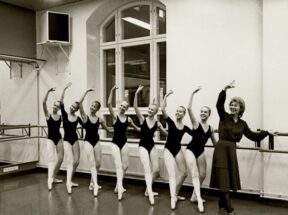
The Finnish National Ballet as an ambassador for Finland
Twists and turns of the Finnish National Ballet 7
Soon after the wars, the ballet started its visiting performances abroad. The first visit to the Royal Ballet and Konserthuset of Stockholm took place as early as 1946. The repertoire included Swan Lake, which had never been performed in full in Sweden. The following year, a smaller troupe visited Denmark and Norway, and in the 1950s touring intensified further.
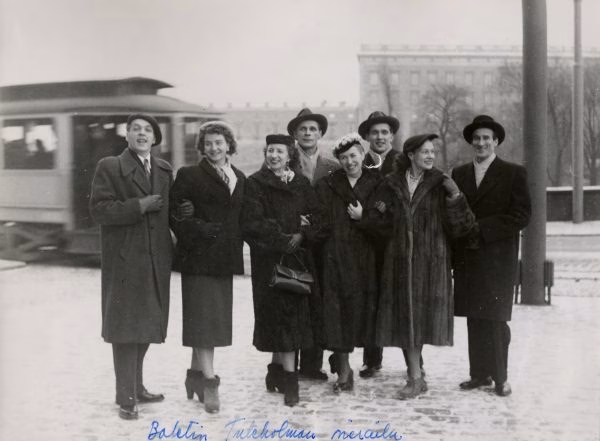
Heading off to continental Europe
In summer 1954, the dancers made their first visit to Spain. After performing at the international festival of Santander to an audience of 5000, on an outdoor stage built on a square, they continued the tour to three more locations. Elsa Sylvestersson’s choreography to Satu Sibelius’s music and excepts from many other Finnish ballets added a Nordic touch to the repertoire.
Summer 1961 saw the ballet company head to Spain again. The bus tour of nine locations in the heat of the Spanish summer, with performances every evening, was hard work. What’s more, the sudden death of conductor Nisse Rinkama of brain haemorrhage in Cadiz brought a terrible shock. The dancers carried on regardless, and Jorma Svanström, the spouse of ballet dancer Seija Simonen, conducted the following performance with nearly off the cuff. The tour continued to Malaga, and Ulf Sundström was flown over as the new conductor. Despite these setbacks, four new tour locations were scheduled for the following autumn in East Germany. In the 1960s, visiting performances also took place in cities such as Budapest, Warsaw, Paris, and several locations in Switzerland.
Touring expands into America
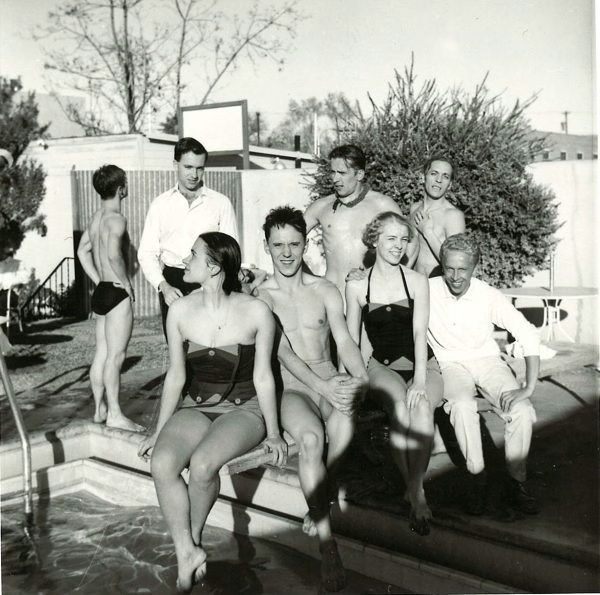
The most extensive tours of the Finnish National Ballet took the company to North America in 1959 and Latin America in 1968. During the three-month tour to North America, a troupe of 15 soloists visited the United States, Canada and Cuba, performing a total of 64 times. The tour also featured Finnish repertoire, such as Elsa Sylvestersson’s choreography of Ahti Sonninen’s folk ballet Rose Knot and Birgit Cullberg’s Odyssey with music by Einar Englund.
The Latin American tour took the ballet company to 11 cities from Mexico City to Buenos Aires. The 52 performances over two and a half months, including Swan Lake, Don Quixote, Romeo and Juliet and Suite en blanc, were seen by approximately 80000 people. The 45 dancers were accompanied by two conductors, Ulf Söderblom and Leif Segerstam, as well as a costume manager and three people looking after sets. Technical staff and the conductor would always travel to the next location in advance to prepare the stage and rehearse with the local orchestra, with the remainder of the troupe following after their final performance at the previous location.
The extensive tour was exhausting for both the dancers and the other staff. Everyone was looking forward to returning home, which eventually resulted in discord. Besides performances and rehearsals, the dancers’ agenda featured numerous receptions at the local Finnish embassies. The tour, however, was a valuable advertisement for the small and remote Finland in South American countries, where many had never heard of the country before.
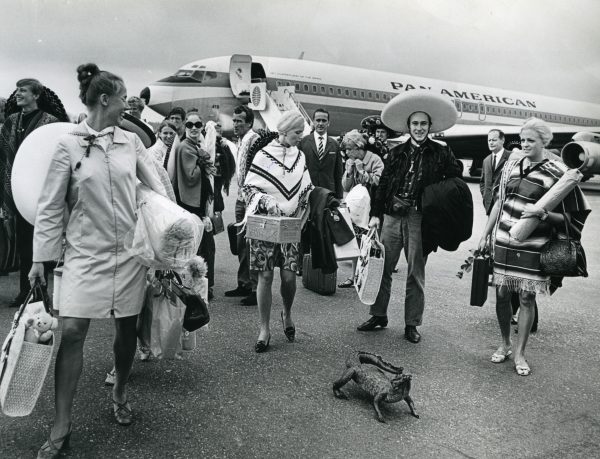
Visits to Europe, America and the Far East
After the grand American tours, visiting performances were less regular and smaller in scale. Individual visits were made, most often to other Nordic countries and Eastern Europe. In 1985 Marjo Kuusela and Eero Ojanen’s ballet The Seven Brothers was performed in six locations in West Germany and Luxembourg, and there was a tour of just over one month to the United States in 1988 with La Fille mal gardée and a collection of excerpts. Two visits to Beijing in China were made in the 1990s, also with selected excerpts.
In the 21st century, the Finnish National Ballet has made a number of significant visits abroad with full-length works. Performing Giselle seven times at the Théâtre du Châtelet in Paris was a landmark event at the start of the new millennium in 2001. Some of the performances featured the French etoile Sylvie Guillem, the creator of the choreography for the Finnish National Ballet, in the lead role. Seven performances of La Cenerentola took place in Cagliari in Italy in 2005, and in 2009 the Finnish National Ballet visited the Far East twice, performing The Seagull in Macau and Anna Karenina in Singapore. In 2013 Finnish National Ballet visited at Bolshoi Ballet in Moscow, performing The Rite of Spring at the centenary of the original choreography.
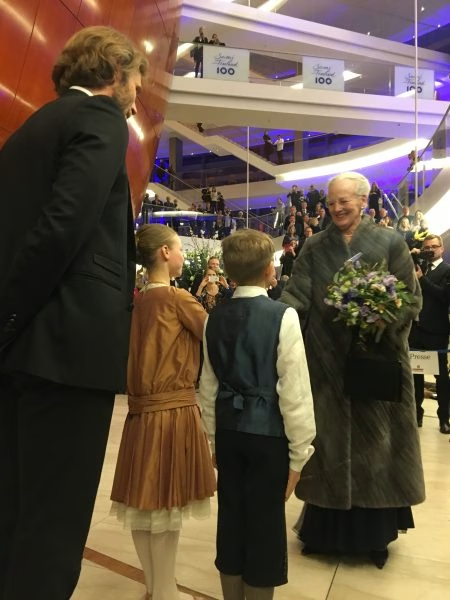
Two important visits were also made during the centenary of Finnish independence in 2017. Kenneth Greve’s choreography of Danish H.C. Andersen’s fairy tale The Snow Queen was taken to Copenhagen, where the performance was seen by Queen Margrethe of Denmark herself. Eight performances of Moomin and the Magician’s Hat based on Tove Jansson’s novel, along with selected ballet excerpts, delighted Japanese audiences in Tokyo and Osaka.
ext JUSSI ILTANEN
Photos THE ARCHIVES OF THE FINNISH NATIONAL OPERA AND BALLET , ERIKA TURUNEN
Further reading
Juhani Koivisto: Suurten tunteiden talo (WSOY 2011)
Eino S. Rahikainen (edit.): Suomen Kansallisoopperan baletti latinalaisessa Amerikassa 1968
Laakkonen et. al. (edit.): Se alkoi joutsenesta. Sata vuotta arkea ja unelmia Kansallisbaletissa (Karisto 2021)
Irma Vienola-Lindfors & Raoul af Hällström: Suomen Kansallisbaletti 1922–1972 (Fazer 1981)
Other sources:
The archives of the Finnish National Opera and Ballet
Recommended for you
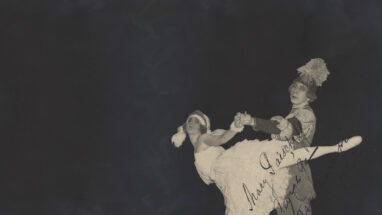
The Finnish Opera establishes a ballet company
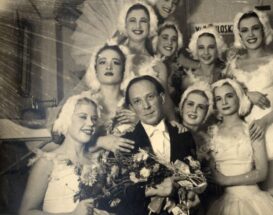
Gé, Saxelin, Gé, Saxelin…
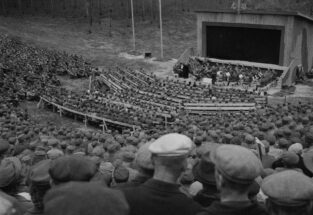
Tours for soldiers and sad news from the front
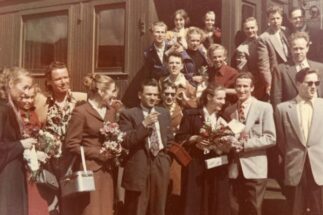
Summer tours and films bring ballet to the entire nation
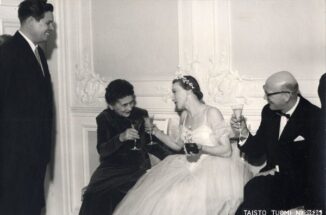
International stars from the east and west
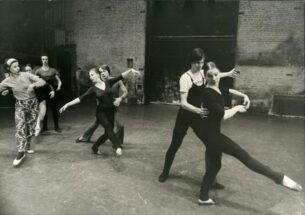
Ballet masters change, Sylvestersson remains

The Finnish National Ballet as an ambassador for Finland
